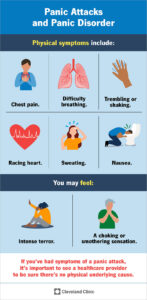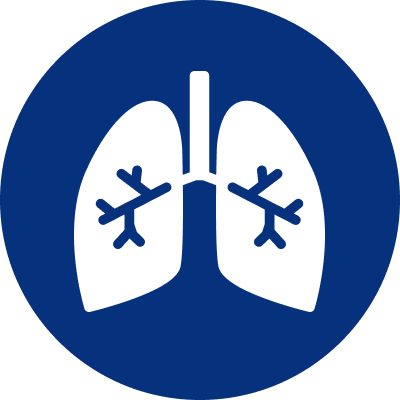Ever feel like the walls are closing in? Like your heart is about to explode out of your chest? If you’ve experienced a panic attack, you know the terrifying feeling of losing control. But what if I told you there’s a powerful tool you already possess to combat these overwhelming moments? It’s your breath.
Studies show that approximately 31.1% of adults in the United States experience panic attack at some time in their lives. These sudden surges of intense fear or discomfort can be debilitating, leaving you gasping for air and feeling utterly out of control. However, specific breathing exercises can be incredibly effective in calming your nervous system and bringing you back to center.
In this blog, we’ll explore the science behind panic attacks and how breathing techniques can help. We’ll delve into three easy-to-learn exercises you can practice anywhere, anytime an attack strikes. Finally, we’ll offer tips for incorporating these exercises into your daily routine to manage anxiety and prevent future panic attacks.
Why Do We Panic? The Science of Fight-or-Flight
Our bodies are wired for survival. When faced with perceived danger, the sympathetic nervous system kicks in, triggering the fight-or-flight response. This releases a surge of hormones like adrenaline, which increases heart rate, breathing rate, and blood pressure — all to prepare us to either confront the threat or flee.
During a panic attack, however, this response becomes misdirected. There’s no real danger, yet the body reacts as if there is. This mismatch leads to a cascade of physical symptoms like shortness of breath, dizziness, chest tightness, and even numbness.
How Breathing Exercises Help: Calming the Storm
Here’s the good news: even in the midst of a panic attack, you can regain a sense of control by focusing on your breath. Shallow, rapid breathing, a common symptom of panic, further fuels the fight-or-flight response. Deep, controlled breathing, on the other hand, activates the parasympathetic nervous system, your body’s natural relaxation response.
By practicing slow, deliberate breathing exercises, you can:
- Slow your heart rate and blood pressure
- Reduce the stress hormone cortisol
- Increase the feel-good hormone serotonin
These physiological changes counteract the physical symptoms of panic, promoting a sense of calm and well-being.

3 Powerful Breathing Exercises for Panic Attacks
Diaphragmatic Breathing:
This method engages your diaphragm, the large muscle below your lungs, for deeper, more efficient breathing.
- Lie down on your back with a pillow under your knees or sit comfortably.
- Place one hand on your chest and the other on your stomach.
- As you inhale slowly through your nose, feel your stomach rise, pushing your hand outwards. Your chest should remain relatively still.
- Exhale slowly through pursed lips, feeling your stomach sink inwards.
- Repeat for 5-10 minutes.
Alternate Nostril Breathing:
This practice may feel a little more advanced, but it’s a wonderful way to calm a racing mind.
- Sit comfortably with your back straight.
- Close your right nostril with your thumb.
- Inhale slowly through your left nostril.
- Hold your breath for a second, then close your left nostril with your ring finger.
- Exhale slowly through your right nostril.
- Inhale through your right nostril, then close it with your thumb.
- Exhale through your left nostril.
- Repeat this cycle for several minutes, alternating nostril inhalations and exhalations.
4-7-8 Breathing:
This simple technique is a favorite among therapists and anxiety sufferers alike. Here’s how to do it:
- Find a comfortable seated position.
- Close your eyes and gently exhale all the air from your lungs.
- Inhale slowly through your nose for a count of four.
- Hold your breath for a count of seven.
- Exhale completely through your mouth for a count of eight, making a whooshing sound.
- Repeat this cycle for 3-5 minutes.
Bonus Tip: Focus on the Sensation
During any of these exercises, pay close attention to the physical sensations of your breath. Feel the coolness of air entering your nostrils and the warmth of it leaving. This focused awareness helps distract you from the anxious thoughts fueling the panic attack.
Making Breathing Exercises a Habit: Preventing Panic Attacks
While these exercises are powerful tools in the moment, incorporating them into your daily routine can significantly reduce the frequency and intensity of panic attacks.
- Practice daily: Dedicate 5-10 minutes each day to practicing your chosen breathing exercise. This daily dose of calm can build resilience against future anxiety.
- Mindfulness meditation: Combine your breathing exercises with mindfulness meditation to cultivate a sense of inner peace and awareness. Techniques like focusing on the breath or a mantra can help quiet racing thoughts and anxiety.
- Yoga and Tai Chi: These mind-body practices incorporate controlled breathing with gentle movements, promoting relaxation and stress reduction.
Remember: Consistency is key. By regularly incorporating these practices into your life, you’ll not only be prepared to manage panic attacks in the moment, but you’ll also be actively building your resilience against future anxiety.
When to Seek Professional Help
While breathing exercises are incredibly beneficial, they may not be a cure-all for everyone. If your panic attacks are severe, frequent, or significantly impacting your daily life, it’s crucial to seek professional help. A therapist can provide cognitive-behavioral therapy (CBT) to address the underlying causes of your anxiety and develop a personalized treatment plan.
Conclusion: Take Charge of Your Breath, Take Charge of Your Anxiety
Panic attacks can be frightening, but they don’t have to control your life. By learning and practicing these simple breathing exercises, you’ll equip yourself with a powerful tool to navigate anxious moments and cultivate a sense of calm. Remember, you’re not alone. With practice and support, you can take charge of your breath and ultimately, take charge of your anxiety.











